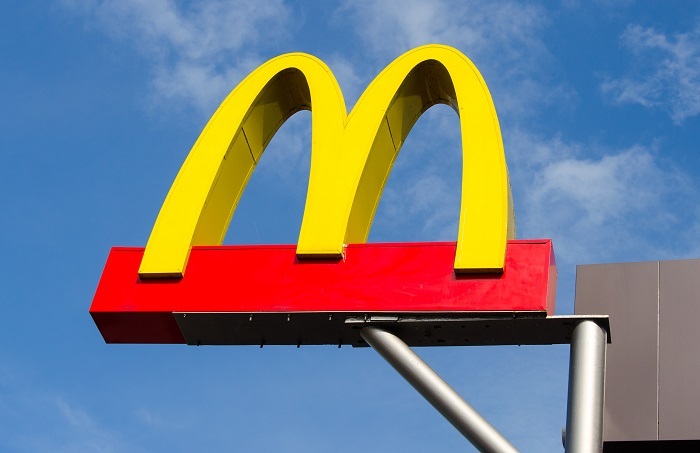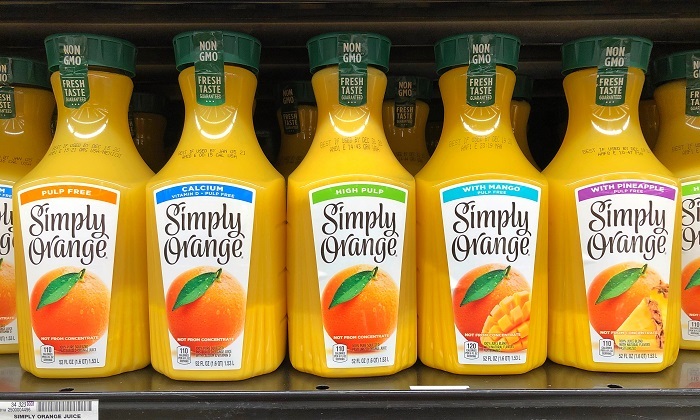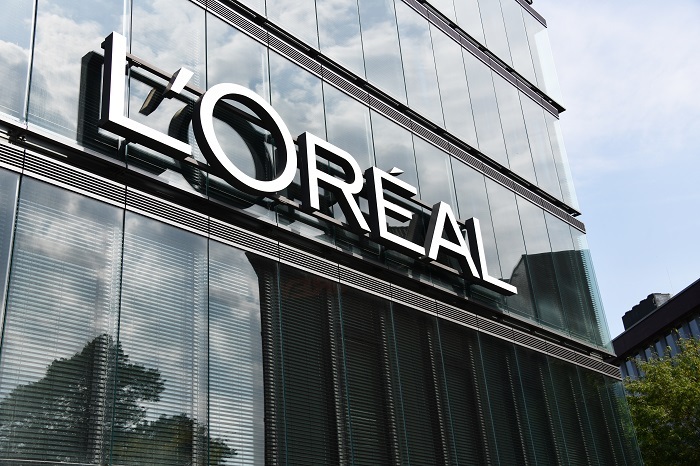
 Data Structure
Data Structure Networking
Networking RDBMS
RDBMS Operating System
Operating System Java
Java MS Excel
MS Excel iOS
iOS HTML
HTML CSS
CSS Android
Android Python
Python C Programming
C Programming C++
C++ C#
C# MongoDB
MongoDB MySQL
MySQL Javascript
Javascript PHP
PHP
- Selected Reading
- UPSC IAS Exams Notes
- Developer's Best Practices
- Questions and Answers
- Effective Resume Writing
- HR Interview Questions
- Computer Glossary
- Who is Who
What is the Structure of the Message in an Advertisement?
A company will always have to advertise its products or services to its consumers. What sets one company apart from another is the way that the company advertises itself. Advertisement is the message the company wants to convey to its consumers. The message could be verbal or non-verbal, audio or visual, image or text, one-sided or two-sided, positive or negative, and there are thousands of other possibilities for creating a message.
In this article, we will delve into what the structure of advertisements could be, what the recent trends in messaging structure are, and what message structure will be more impactful for what consumer group using examples of prominent companies and their advertisements.

Advertisement Message and its Importance
Advertisement Messages are persuasive messages designed by the organization for its target audience. It is a cost-bearing activity for the firms, and hence the company broadcasts an advertisement for the following reasons ?
It wants to pique the interest of the consumer in the product or its brand.
The company wants volume sales for the product being advertised.
The company wants to create a bond with its consumers, thus ensuring a loyal customer base.
The company wants to reduce post-purchase dissonance among consumers.
The company wants to create a favorable image of itself in the community.
company wants to attract retail patronage.
The company or the government wants to encourage or discourage certain behaviors and actions, or the company wants to do a combination of the above-mentioned points.
Different Categories to Consider While Preparing the Message Structure
Consumers today are bombarded with information, and companies have to be unique to draw their attention. There are thousands of similar and identical products available for consumption with the consumer's single click. For creating an advertisement that will pique the interest of the consumer, position the product in the consumer's mind, and lead to the sale of products, marketers have to consider the following points in depth ?
Image and Textual Content of a Message ? Marketers can use images or text while conveying their advertising propaganda to consumers. Studies have found, though, that images attract more viewers for a particular advertisement. Marketers can use a mixture of both as well. While deciding upon the textual part of an advertisement, marketers have to be thorough with the type of consumer segment they are dealing with. For example, it was found in a recent study that generally, consumers with busy and hectic professional lives are more attracted to advertisements that use the words simple, simply, easy, clear, honest, and others. In response to this study, many brands came up with different taglines, and some of them are ?

McDonald's ? The brand came up with the tagline, "The simple joy of a wholesome breakfast." for all its working-class consumers who are always running and skipping breakfast to be at work on time.

Ivory Soap ? This brand came up with the tagline "keep it pure, clean, and simple." The working class would want to smell nice and look clean and fresh, but they do not have time to do a morning routine. As a result, ivory soap will be their savior

Simply Orange ? Another brand added the word "simple to their product name only to attract the working consumer segment,
While developing the image reference for the advertisement, the brands should keep in mind the following ?
The image's feature complexity
The design complexity of the image
and the visual complexity of the image.
Framing of the Message ? This part delves into the tone of the message. It is very important to consider the nature of the product, the characteristics of the consumers, and the environment in which the company is operating before deciding on the tone of the message. The tone of the message could be of two types:
Positive Framing ? Here the company is emphasizing the benefits of the product or service being advertised. This approach is more effective for consumers who rate high on the Need for Cognition (NFC) scale or for consumers who have an independent self-image and personal goals. Here, the consumer knows its worth and would want to enhance it.

Loreal Paris Shampoo ? The company advertises the five benefits that an individual consumer who uses the product will receive if they are using that particular shampoo.
Negative Framing ? Here the company is emphasizing what benefits the consumer will lose if they do not consume the product or service being advertised. This type of advertisement is more effective with consumers who have a low Need for Cognition (NFC) score or who have a dependent self-image and personal goals. Here, the consumer is seeking more social acceptance.

Life Insurance Corporation of India ? It is an Indian company selling life insurance policies and other insurance policies to the Indian consumer segment. The company advertises the loss that an individual and his family members will bear after his death without an insurance plan in place.
One-Sided or Two-Sided Structure of the Message ? There are two ways in which companies can decide how to deal with their competition while creating their advertisement.
One-Sided Structured Messages ? these are the companies that disregard the competition. Their only focus is on their brand and their products. The company either acts ignorant of the market or is submerged in its superiority. It is more relevant for brands that have friendly consumers or existing consumer sets.
Two-Sided Structured Messages ? are when the brand claims to be better than the competitor without naming the competitor. This is more effective in the case of the unfriendly, critical, and educated consumer segment.

Ultra Dawn Dishwashing Liquid ? it is a company that manufactures dishwashing liquid. While advertising its dishwashing liquid in an advertisement, the company proclaimed that its product is twice as strong as "the other guy."
Order effects of the message ? It is critical for marketers to decide where the message should be placed. At the beginning of the show, the middle of the show, or the end of the show. In a study, it was found that ads in the middle of the show had negligible recognition, those at the start of the show were the most recognizable, and those at the end had medium recognition. After deciding upon this, the advertisers also have to decide where to put the brand name and the benefits of the product. It was found that with consumers with a low level of involvement and interest, it is better to place the benefits and brand name at the start so that it piques their curiosity, while in cases of high involvement, the company can develop its own story and present the same. In the case of magazines as well, it was found that printing ads at the start and end of the magazine was costlier than printing ads inside the magazine.
We now have a better understanding of what works better with what type of brand and what type of consumer. Marketers know that an advertisement will be effective only if they can keep in mind all four major points. Companies that are able to create an advertisement that is effective and properly organized gain more customers and fans for themselves.

